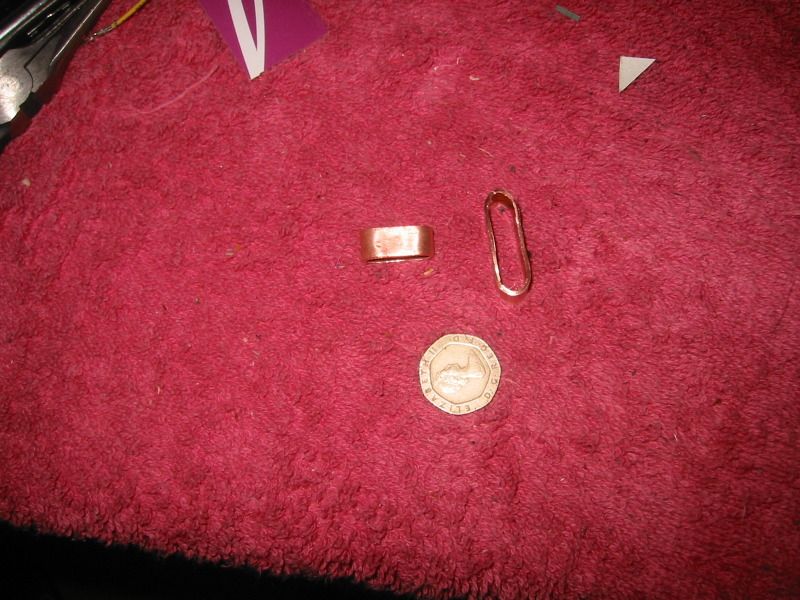So the other day Jay Psi asked me to make a PWm converter for his Gelid Icy Vision. I had a Version 2 set up with a 5k potentiometer so utilised that. Laying out the boards takes only minutes.
I only had one 4 pin graphics card connector and already I'd built that onto another converter, but it hadn't been paid for so off it came and onto Jay Psi's.
Thought I'd try out an alternate heatsink to see of it has much of an effect. The one on the left was donated by Resident and is lovely but just a tad too high, and would push the item over the magical 25mm. I decided to fit the blue one instead and see how I got on.
I wasn't too keen on the thermal pads holding the sink on the transistor when other forces are at play, such as the outer heatshrink so decided to shove a bolt through it. The trouble is then it just makes it larger so I could just have gone with the other one.
The aluminium coloured ones will be useful but will need trimming down first.
Because I couldnt get the sink flat inside I added a blob or two of solder to aid in thermal transfer from the hotter bolt to the cooler aluminium.
And here it is all shrunk up.
And a shot of the potentiomter trimmer that adjusts the speed range of the fan.
I've set this converter up on 0.45A of fans and it ranges from around 4.5v up to 11.7v, that's 550 RPM up to 1600 RPM on my 1600 fan. I don't know what the Gelid Icy Vision fans actually use though so it might be quite different in the real world.
To set the converter up to your desired speed you will need to monitor your fan speeds and this can be done with GPU-z or perhaps Speedfan.
It's easier to make adjustments when your system is idle as the lower speed is the more critical one. Clockwise will make the fans run slower and Anti-clockwise will make them speed up.
Once set up the converter can just be left to do it's thing. It should only take a minute or so to set up and then your Graphics card will control the fans for you.
Here's a shot of testing on my graphics PWM with my 3 Yate Loons. Had it there for a good hour and the sink was warm but easily comfortable to hold.









 Would they be still be big enough to do the cooling needed?
Would they be still be big enough to do the cooling needed?



 You didn't need to embarrass me with those fugly things.
You didn't need to embarrass me with those fugly things. 
 Sides won't stay straight and flat.
Sides won't stay straight and flat.